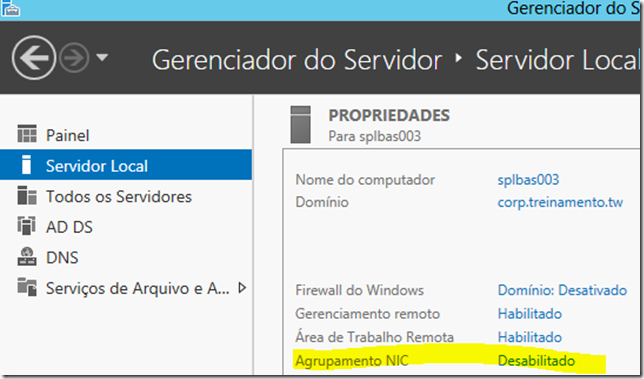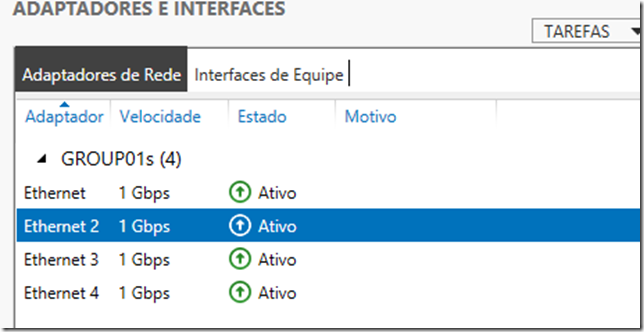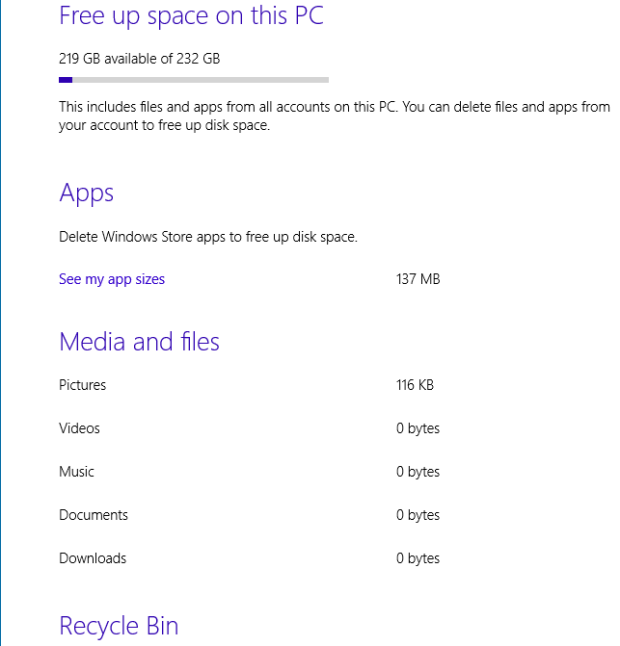Pelo Dashbord clique em Agrupamente de NIC
Depois em Adaptadores e Interfaces
Depois, selecione as interfaces (neste caso as 4), adiconar Nova Equipe (New NIC Team)
De um nome para o time
Agora em propriedades adicionais
Temos algumas opções
Modo de agrupamente:
Alternar independente
Agrupamento estatico
LACP
Modo de balanceamento de carga:
Hash do endereço
Porta Hiper-V
Adaptador em espera:
Nenhum (Todos ativos)
Lista de todos as placas
E a principal neste cenário, interface de equipe primaria (VLAN)
Neste caso marcamos a opção de utilizar Vlan especifica VLAN103
OK, em todas as telas, ele começará a salvar as configurações:
Após salvar as configurações você verá seu grupo ativo:
Agora em propriedade de REDE, vemos todas as interfaces e GRUPO que criamos:
Vamos configurar o IP na placa que criamos, o processo é normal, como configurar um placa de rede comum.
Quase pronto, agora em seu switch CISCO, vamos criar o port channel utilizando 4 portas
entre no cisco
configure terminal
interface range fast 0/1-4 (enter) desta forma selecionamos as 4 portas de uma fez só\
channel-group 1 mode active
switchport trunk encapsulation dot1q (Se for um Switch Layer 3, ex: 3750)
switchport mode trunk
Após feito isso, você terá uma conexão de 4 GB entre o switch e o servidor windows server 2012 (Partindo do principio que seu switch cisco é GIGA e suas placas de rede do Servidor sça GIGAS também)













Você precisa fazer login para comentar.